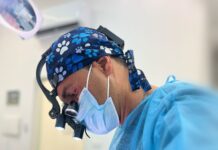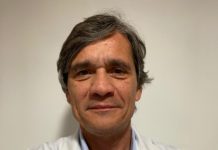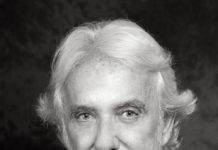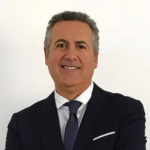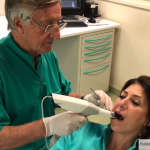Customised surgery, reduced rehabilitation times, increasingly minimally invasive and accurate surgical techniques, and increasingly high-performance and biocompatible prosthetic materials. These are some
of the goals made available today by technological progress and scientific research for the treatment of orthopaedic pathologies. Illustrating the latest frontiers in the field is Dr Michel Oransky, Surgeon
Orthopaedic Surgeon from Rome, who specialised in Orthopaedics and Traumatology (10/11/76) at the Catholic University of the Sacred Heart in Rome; today, he is one of the leading experts on a national and international level for the treatment of hip fractures, post-traumatic deformities and hip prostheses.
Dr Oransky, you are considered an expert in the treatment of fractures of the pelvis and acetabulum. Can you explain how your practice is characterised?
I started this profession in 1985 under the guidance of the French surgeon Emile Letournel who conceived this surgery. Since then, much progress has been made in this field. Today, it is in fact possible to treat these injuries with less invasive techniques, which aim at preserving the joints, offering the patient many advantages: less blood loss, and a faster and more effective post-operative recovery and social life.
Over the years, you have also gained a great deal of experience in treating complex fractures of other districts. Do all fractures heal properly?
Unfortunately not! Due to various circumstances, there is a percentage of patients in whom the fracture does not heal properly, either because it does not heal or because a deformity remains that prevents normal daily and sporting activity.
What can be done in such cases?
Correction of deformities of axis and length defects is possible after proper planning aimed at restoring proper joint function. Joint reconstruction can be carried out using minimally invasive techniques, although joint replacement is sometimes necessary.
Is hip pathology a common problem among athletes?
The repetition of extreme movements among footballers and martial arts practitioners can generate annoying pubalgia that is actually due to a misunderstood hip pathology. There are, however, therapies that make it possible to completely recover lost function and to return to sporting activity.
What are the most common problems that can occur after a hip replacement?
The vast majority of hip replacements have a successful outcome. Over the years, however, the prosthesis can wear out. In such cases, it is possible to revise the implant and restore its correct function.








